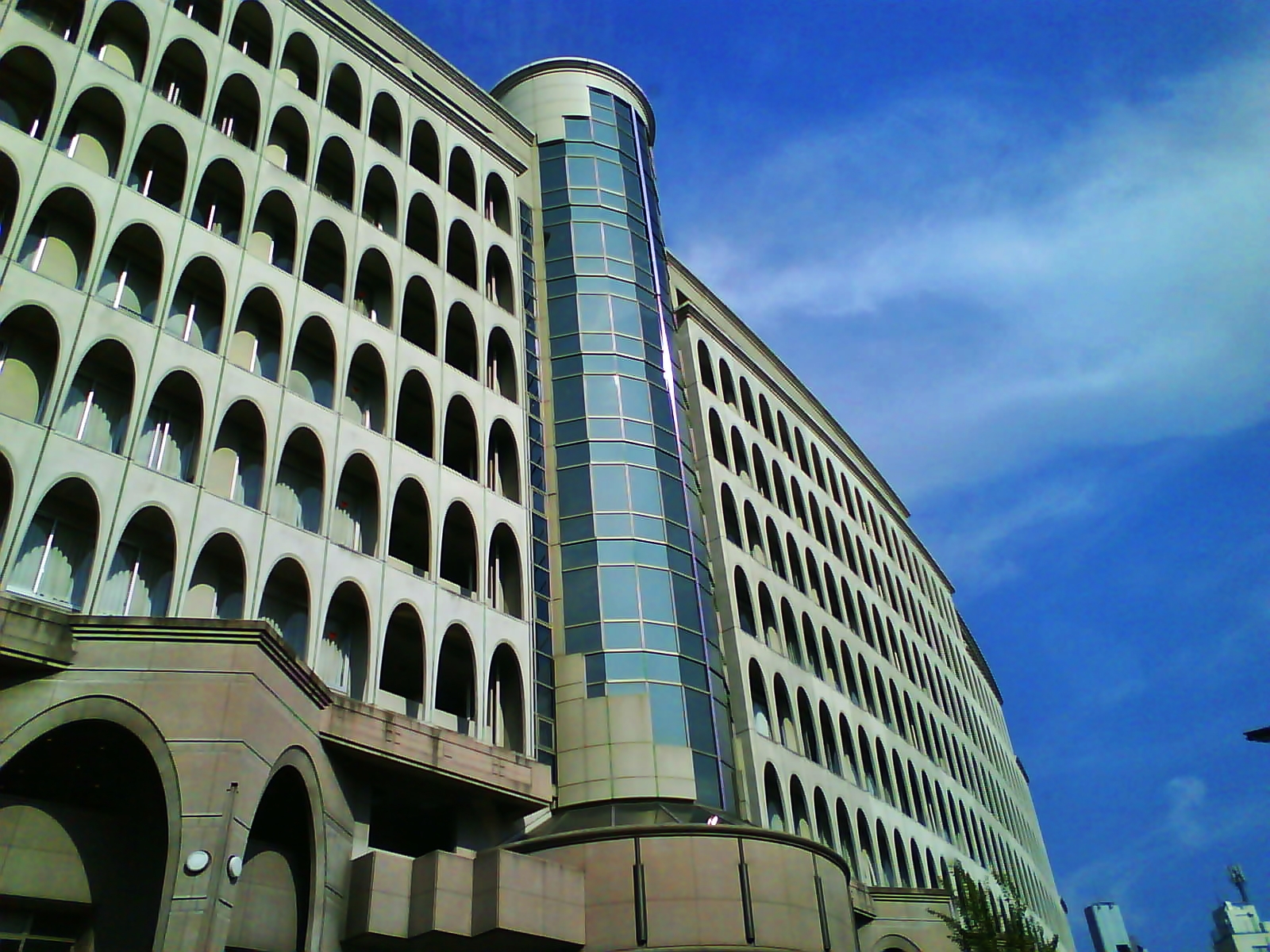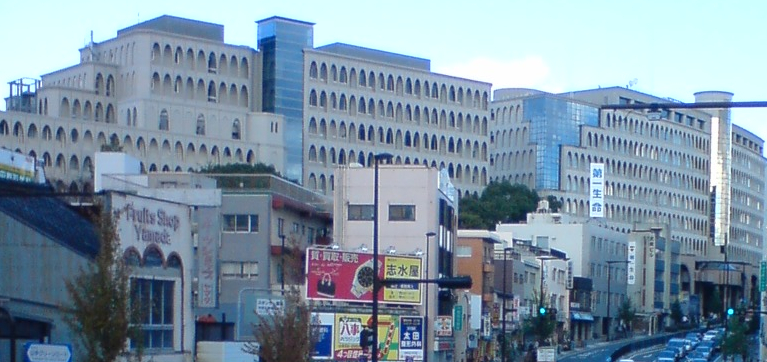Thinking about Japan for university? Chukyo University—a large private institution based in Nagoya and Toyota (Aichi Prefecture)—mixes academic breadth with a famous sports tradition and growing strengths in global studies, AI, and engineering. This guide gives you the essentials international candidates ask about most: programs (including fully English-taught options), fees in ¥, research and facilities, exchange opportunities, student services, climate, and career outcomes. If you’re shortlisting Japanese universities with strong campus life and practical links to industry, Chukyo deserves a careful look.






Quick‑Facts Table
A one‑page snapshot you can scan and share. Where applicable, the right‑hand cells include a source link (blue) that opens in a new tab.
| Type | Private university (THE profile) |
| Total Students | 13,680 (Undergrad 13,441; Grad 239) — 2024 Fact Sheet |
| Campuses | Nagoya Campus (main) & Toyota Campus Our Campuses |
| Faculties / Schools | Global Studies; Letters; Psychology; Law; Economics; Management; Policy Studies; Contemporary Sociology; Engineering; Health & Sport Sciences Undergraduate Schools |
| Học phí | Typical 1st‑year (student‑visa holder): Enrollment ¥200,000 + Tuition ¥613,200 + Facilities ¥384,000 + Misc. ¥50,000 = ¥1,247,200/year; 30% tuition support applies to student‑visa intl. students Tuition & Fees (GLS) |
| Gender Ratio | Not publicly specified in English university‑wide reports; varies by school (no official aggregate published). |
| Intl‑Student % | ≈ 1.0% (127 intl. students of 12,541 total; QS profile) QS Students & Staff |
| Students per Staff | ≈ 23:1 (12,541 students / 537 staff; QS) QS Students & Staff |
Campus Maps
Nagoya Campus (Showa-ku, Nagoya)
Address: 101-2 Yagoto Honmachi, Showa-ku, Nagoya, Aichi 466-8666, Japan
Toyota Campus (Toyota City, Aichi)
Address: 101 Tokodachi, Kaizu-cho, Toyota, Aichi 470-0393, Japan
Mission, History & Founding Story
Chukyo University traces its roots to 1954 in Nagoya—Japan’s manufacturing heartland—and has grown into one of central Japan’s largest private universities. The university’s ethos is captured by a succinct motto: “A focus of excellence in both learning and sports,” a statement that signals balanced development of intellect, character, and physical well‑being. This motto appears prominently in the English student handbook and continues to shape admissions, student support, and campus culture. Student Handbook (EN)
From the 1960s onward, Chukyo expanded from its original schools (Commerce, Health & Sport Sciences, Letters, Law) into a multi‑faculty university with social sciences, humanities, and engineering. A defining moment came in 1995: Chukyo became the first Japanese university to join the International Student Exchange Programs (ISEP), underlining its outward‑looking stance long before “global” became a higher‑education buzzword in Japan. Chronology ISEP University page
Two campus locations serve different academic strengths: the Nagoya Campus (main) hosts most social sciences, humanities, policy, and sport science programs, while Toyota Campus concentrates engineering and technology fields—reflecting proximity to Toyota City and the broader manufacturing corridor. The official “Our Campuses” page provides photos and access details. Our Campuses
Chukyo’s history is inseparable from its sports DNA. The university has produced 100+ Olympians and operates its own on‑campus Ice Skating Rink (completed in 2007), giving student‑athletes and recreational skaters an unusual advantage. This sports infrastructure coexists with academic milestones such as launching one of Japan’s earliest psychology programs at a private university. These traits feed into a campus culture that values discipline, teamwork, and resilience. THE profile
Key Strengths & Unique Features
High‑Performance Sport Sciences & On‑Campus Ice Arena (Flagship)
Chukyo’s School of Health & Sport Sciences stands out in Japan. The university’s athletes regularly compete nationally and internationally, and its alumni list includes world‑famous figure skaters. The campus Ice Skating Rink, completed in 2007, enables year‑round training; combined with sports science labs and coaching, it gives students an integrated environment that blends theory, analytics, and practice. Undergraduate Schools THE profile
Why it matters for applicants
If you’re pursuing sports science, coaching, kinesiology, or simply want a competitive athletics environment alongside a standard degree (e.g., Economics or Policy Studies), Chukyo’s facilities and community are a differentiator.
Global Liberal Studies — Fully English‑Medium Undergraduate Major
Within the School of Global Studies, the GLS (Global Liberal Studies) major delivers content courses fully in English (EMI) across the humanities and social sciences. Students also complete a structured Japanese program (22+ credits), so you build bilingual skills even if your Japanese starts at beginner level. Tuition for student‑visa holders is transparently published, and a 30% tuition support scholarship is applied in Year 1 with credit milestones required to continue in later years. GLS official page
AI & Robotics across Engineering (Toyota Campus)
Responding to Japan’s industry needs, Chukyo enhanced AI and data‑science coverage across engineering departments from AY2020. You’ll find labs exploring intelligent sensing, human–robot symbiosis, wire‑driven systems, and more. Chukyo is also listed in the AI Japan R&D Network, reflecting university‑level engagement with AI research initiatives. School of Engineering (EN) Kino Robotics Lab Intelligent Sensing Lab AI Japan R&D Network (member)
Nagoya–Toyota Location: Industry Proximity & Real‑World Learning
Being split across Nagoya (Japan’s #3 metro) and Toyota City (home to Toyota Motor Corporation) is strategic. You study in a business and manufacturing hub with access to internships and guest speakers, while the campus size gives a traditional campus feel. The official campus pages outline access and neighborhood context; school pages (e.g., Economics, Contemporary Sociology) describe career‑building courses and support. Our Campuses Economics (EN) Contemporary Sociology (EN)
Student Life for Internationals
Clubs & Circles that Welcome Overseas Students
From Ice Hockey and Lacrosse to Drama, Jazz Orchestra, Manga, and Astronomy, Chukyo’s club scene is broad—great for making friends and practicing Japanese. The GLS page lists many sports and culture clubs explicitly. Clubs & Activities (GLS)
Dedicated Support: Visa, Housing, Orientation & Counseling
- Global Education Center (GEC): central helpdesk for international and exchange students; official “English” site points to GLOBAL NAVI pages for procedures and resources. GEC (EN)
- Orientation & onboarding: Exchange fact sheets describe comprehensive arrival guidance, registration help, and dorm assignments. CSEP Fact Sheet 2025
- Language exchange & peer support: Look out for events like “Global Talk Hour” and volunteer tutoring; a buddy culture is noted by English resources for international applicants. Global Talk Hour School profile (listing)
Partner Institutions & Exchange Options (Outbound emphasis)
Chukyo’s exchange network mixes bilateral partners and ISEP access. Historically, Chukyo was Japan’s first ISEP member (1995), which opens a wide array of destinations through that consortium. As of 2024, the Global Education Center listed 19 partner universities (bilateral) in its English materials. Chronology (ISEP 1995) ISEP: Chukyo University ISEP Program page
Language & Eligibility Notes
- Exchange to Chukyo: no strict language requirement, but recommended CEFR B2 for English‑taught courses and JLPT N2 for Japanese‑taught courses. CSEP Fact Sheet 2025
- Courses in English: English‑taught options are available; advanced students can also combine with Japanese‑medium courses with English support. ISEP Program page
Local Climate & Lifestyle (Nagoya–Toyota)
Weather at a Glance (Recent Years)
Official monthly data from the Japan Meteorological Agency (Nagoya station, WMO 47636) shows that over 2020–2024, mean January temperatures were roughly 4.1–7.6 °C, while August means were around 28.5–30.3 °C (with 2025 August provisional near 30.9 °C). In short: cool winters, hot and humid summers. JMA monthly stats (Nagoya)
| Season | Typical Highs | Typical Lows |
|---|---|---|
| Winter (Dec–Feb) | 8–12 °C (Jan mean ~4–7.6 °C overall) | 0–4 °C |
| Spring (Mar–May) | 15–24 °C | 6–15 °C |
| Summer (Jun–Aug) | 28–33 °C (Aug mean ~29–30 °C) | 22–26 °C |
| Autumn (Sep–Nov) | 16–27 °C | 8–18 °C |
For a visual year‑round overview, WeatherSpark’s Nagoya page is also helpful (airport station): yearly temperatures typically range from ~0.5 °C to ~32 °C, rarely below −2 °C or above 35.5 °C. WeatherSpark: Nagoya
Safety & Cost of Living (¥)
- Safety: Japan’s overall advisory is Level 1 (exercise normal precautions) for U.S. travelers; JNTO also characterizes Japan as very safe with low crime. U.S. Travel Advisory JNTO Safety Page
- Living costs: Official “Study in Japan” lists current retail prices (e.g., milk ¥253/L, eggs ¥264/10, taxi ~¥1,693/4 km). Study in Japan (prices)
- Nagoya benchmark: a local business school reports exchange students spend roughly ¥60,000–¥90,000 per month excluding accommodation, and overall living is ~30% cheaper than Tokyo. NUCBA (Nagoya expenses)
- Where to get help: Nagoya International Center offers English living guides, consultations, and disaster‑prep info. Nagoya International Center
International Student Statistics
| International students (all‑university) | ≈127 (QS profile) — about 1.0% of 12,541 total QS Students & Staff |
| Incoming Exchange (by region, 2024) | North America 55% / Europe 28% / Asia 17% Fact Sheet 2024 |
| Total Students (context) | 13,680 (Undergrad 13,441; Grad 239) — FY2024 Fact Sheet 2024 |
Career & Graduate Prospects
Chukyo publishes department‑by‑department placement outcomes in English. In the latest undergraduate dataset (Class of 2024, released June 3, 2025), overall employment rate is shown around the low‑to‑mid‑90% range, with many departments at 90–97%. These are strong numbers in line with the tight Japanese job market. Employment Data (UG, 2024)
Career preparation starts early through “Career Design” courses, advising, and internship‑credit systems (see school pages and student handbooks). In social‑science majors, you’ll find executive‑skills seminars and executive program tracks; in engineering, project‑based and AI‑infused curricula strengthen technical portfolios. Economics: curriculum Contemporary Sociology: curriculum Engineering: overview
Where Graduates Go & Alumni Highlights
- Industries: manufacturing and automotive (proximity to Toyota City), IT & tech, finance, public sector, media, education, sports & wellness.
- Alumni in the spotlight: Chukyo is famous for figure‑skating alumni and national‑team athletes—a testament to the sports–learning integration repeated throughout its history. THE profile (sports firsts)
Fees & Scholarships — Snapshot (¥)
Typical 1st‑year total for international students (student‑visa holders): ¥1,247,200 (Enrollment ¥200,000 + Tuition ¥613,200 + Facilities ¥384,000 + Misc. ¥50,000). Chukyo applies a 30% tuition support to student‑visa holders in Year 1; maintenance in later years requires meeting specific credit milestones (28 / 65 / 102 credits by end of Years 1 / 2 / 3). Additional merit‑type scholarships (e.g., ¥45,000/month) may be awarded. For details, see GLS official information. GLS — Tuition, Scholarships, Guidance
Final Pointers for Applicants
- Decide early between a full degree (e.g., GLS) vs. exchange; admissions calendars differ. Undergraduate Schools Exchange (CSEP)
- For English‑taught GLS, review application guidance and test requirements on the official page; for other majors, confirm language support and class mixes. GLS Application Guidance
- Budget for living costs (¥) in Nagoya (plus dorms/off‑campus rent) and set aside insurance and visa fees; start scholarship research early. Living Costs (official)

